In the world of compensation claims, knowing the right steps to take following a motor vehicle accident can make all the difference in the outcome of your case. The journey from accident scene to compensation can be complex and daunting. In this article, the Evolve Legals Personal Injury team unravel the intricacies of protecting your claim after a motor vehicle accident. Discover invaluable insights, actionable tips, and indispensable advice to safeguard your rights and secure the compensation you deserve. Let’s embark on this empowering journey together, ensuring you are well-prepared and well-protected after an unfortunate accident.
FORD V NOMINAL DEFENDANT [2023] QCA 83 – Motor Vehicle Accident
If you are injured in a motor accident and cannot identify the at-fault vehicle, you may still have a way to seek compensation for your personal injuries. However, it is important to understand that the law requires you to take certain steps in order to seek compensation from the statutory body that will respond to such a claim.
The recent decision of Ford v Nominal Defendant exemplifies the importance of undertaking a proper search and inquiry following a motor vehicle accident, exemplifying that in cases where this is not correctly undertaken, a claim against the Nominal Defendant may be unsuccessful and therefore an entitlement to compensation lost.
Motor Vehicle Accident Facts
The injured party served as a postal delivery worker when the incident occurred. A wooden block dislodged from the rear of a truck and fell in the trajectory of the appellant’s motorcycle. The appellant experienced a jolt as his motorcycle’s rear wheel passed over the wooden block. Surprisingly, he remained upright and unharmed; however, felt a jolt and “a degree of pain” to his back and ankle at the time the back wheel went over the wood. He believed at that time that he was uninjured. In a state of shock, he returned to his depot, utterly astonished that he had escaped injury and his motorcycle sustained no damage.
Around a week later, the injured party resumed his work but in a limited capacity, focusing on administrative tasks. He also lodged an official incident report with his employer. In an attempt to locate the timber involved in the incident, he and his team leader revisited the accident site, but their search yielded no results. However, they took photographs of the area where the vehicle was likely to have lost the timber.
After several weeks of performing light duties, the injured party tried to return to his role as a postal delivery officer gradually. However, he continued to experience significant back discomfort while riding the motorcycle. Within a few days, he informed his manager that he could not continue riding the motorcycle due to his ongoing pain. Subsequent MRI scans revealed a disc prolapse and torn nerve sheathing, and his condition worsened over time, leading to numbness.
Because his injury was work-related, the injured party was eligible to receive workers’ compensation benefits. In October 2019, after consulting a solicitor, he reported the incident to the police and attempted to obtain CCTV footage from businesses along Redland Bay Road, where the incident occurred. Unfortunately, no such footage was available as the cameras did not record vehicles on the main road.
As a result, the injured party initiated a claim against the Nominal Defendant, prompting an investigator engaged by the Nominal Defendant to conduct searches and inquiries in the local area to identify the unidentified vehicle involved in the incident.
Trial Decision
At trial, the central issue before the Court was whether the plaintiff had made a “proper inquiry and search” as required by s 31(2) of the Motor Accident Insurance Act 1994. Under this provision, it is presumed that a motor vehicle cannot be identified if “proper inquiry and search have been made and have failed to identify the identity of the motor vehicle and, in such circumstances, the Nominal Defendant stands in the place of the insurer.
The primary judge found that the plaintiff: (a) could have, without great difficulty, observed and remembered the number plate of the other vehicle; (b) was aware, immediately after his motorcycle passed over the piece of timber, that he had suffered pain; and (c) could reasonably have been expected to obtain the relevant details at the scene.
The primary judge concluded that by failing to attempt to obtain the number plate details, the appellant had not engaged in a proper inquiry and search. On the basis, the plaintiff was unsuccessful in his claim.
Appeal
The injured party appealed this decision, arguing that he did not initially realise he was injured during the 20 seconds following the incident, as he was in a state of shock and narrowly escaped a severe injury. He contended that the primary judge erred in equating the momentary jarring pain with the awareness of suffering an injury, especially given the circumstances and his state of shock. The appellant asserted that it was unreasonable to expect him, in that crucial 20-second window, to chase down the vehicle that was changing lanes and turning in a different direction solely to observe and remember its number plate.
The main three issues in contention during the appeal were:
- Whether the appellant should have pursued the vehicle in the 20 seconds following the incident, considering he did not initially believe he was injured and was in a state of shock.
- Whether the appellant should have returned to the scene of the incident on a subsequent evening to observe the same vehicle.
- Whether the appellant should have looked for the vehicle in the local road network following the incident.
In determining these questions, the Court considered the meaning of “proper search and inquiry” and emphasised that the circumstances in which a person finds themselves, including their physical and mental state, are relevant in determining whether the measures taken were reasonable. The court also noted that in some cases, no inquiry or search may be required, particularly when a person is in a state of shock or has physical limitations.
Regarding the first question, the Court concluded that the appellant could not have reasonably known he was injured at the time of the incident, and the brief, jarring pain did not equate to awareness of a compensable injury. Pursuing the vehicle under those circumstances was deemed unreasonable.
Concerning the second question, the Court did not accept the argument that the appellant should have returned to the scene on a subsequent evening. This was because the appellant was initially unable to attend work due to his injuries, and it would have been unreasonable for him to stand by the road for prolonged periods of time. Moreover, there was insufficient evidence to suggest that the at-fault vehicle had a regular route in the area, and even if the appellant had spotted a vehicle resembling the one involved, it would not have constituted enough evidence to establish it as the same vehicle.
On the third question, the judge found that searching the local road network for the vehicle was unlikely to be productive, as it relied on the assumption that the vehicle driver intended to turn into or lived in a nearby street, which was not substantiated by the evidence.
Conclusion
In conclusion, the Court of Appeal determined that the appellant had not failed to make a proper inquiry and search as suggested by the respondent. Therefore, the appeal was allowed, and the original decision was set aside.
How to Protect Your Motor Vehicle Accident Claim?
If you are injured in a motor vehicle-related accident, first attempt to note the details of the at-fault vehicle, particularly the number plate, and take photos at the accident scene. If you cannot do this, you could try to ask a local business for CCTV footage and talk with any witnessed who may have witnessed the incident or otherwise who may be aware of the at-fault vehicle’s details.
Suppose you cannot obtain the necessary information at the scene or from local businesses. In that case, it is crucial to promptly report the incident to the appropriate authorities, such as the police. Additionally, seek immediate medical attention and document your injuries and any pain or discomfort you experience, no matter how minor it may seem. This documentation can serve as crucial evidence later.
Furthermore, consult a qualified legal professional specialising in motor vehicle accident claims as soon as possible. They can guide you on the proper steps that should be undertaken, help you gather evidence, and navigate the complex legal process. Remember that time can be of the essence when protecting your entitlement to compensation, so do not delay seeking legal advice and assistance.
In summary, to protect your entitlement to compensation after a motor vehicle accident, gather as much information as possible at the scene, seek medical attention, report the incident to the authorities, and consult with an experienced lawyer who can guide you through the process.
Evolve Legal Injury Lawyers – Unlock Your Path to Compensation Today
Are you ready to take charge of your compensation claim and ensure the best possible outcome? Please don’t leave it to chance. Contact the Evolve Legals Compensation team today for expert guidance tailored to your unique situation. Our experienced lawyers are here to help you navigate the complexities of the legal process, gather crucial evidence, and fight for your rights. Don’t delay – protect your rights and secure the compensation you deserve. Reach out to us now, and let’s start building a stronger, more secure future for you.
Posted in: Latest News, Personal Injury
February 26 2024





